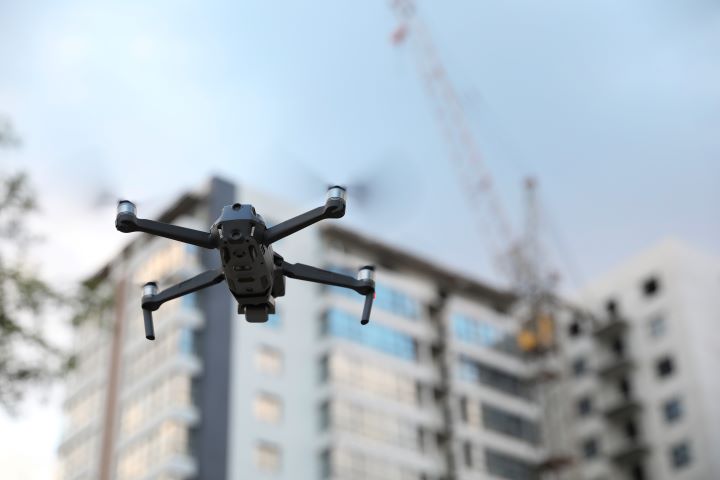As the housing landscape evolves, so too do the metrics and methodologies for assessing property quality and safety. The Department of Housing and Urban Development’s Real Estate Assessment Center (REAC) is no exception. The REAC inspection process has undergone several changes since its inception, including the recently introduced NSPIRE protocols, which aim to provide a more comprehensive and tenant-centric approach to property assessment. At The Inspection Group, we are always ahead of the curve, specializing in HUD REAC inspections and offering consulting, training, and guidance on these ever-changing protocols. In this article, we take a speculative look at the likely changes, updates, and technological advances that could influence the future of REAC inspections in the coming years.
Expectations for the Future of REAC Inspections
Technological Advancements
What to Expect:
- Use of drones for exterior inspections of high-rise buildings.
- Integration of Artificial Intelligence to analyze property data more efficiently.
Why It Matters:
Drones and AI can make the inspection process faster, safer, and more thorough. AI can sift through vast amounts of data to predict potential problem areas that may require closer inspection, while drones can easily access hard-to-reach areas.
Updated Scoring Systems
What to Expect:
- A more dynamic scoring system that adjusts in real-time based on a property’s age, use, and other contextual factors.
Why It Matters:
A more nuanced scoring system will allow REAC inspections to be fairer and more accurate, taking into consideration the unique challenges that different types of properties face.
Tenant Involvement
What to Expect:
- More opportunities for tenant feedback to be integrated into the final assessment report.
Why It Matters:
Tenant experiences and feedback are crucial in understanding the living conditions of a property. Their inclusion in the assessment process adds another layer of integrity and comprehensiveness to REAC inspections.
Climate-Resilience Factors
What to Expect:
- Introduction of new criteria to assess a property’s sustainability and resilience to climate change.
Why It Matters:
As climate change impacts become more evident, it’s crucial for properties to be assessed for their resilience against extreme weather conditions, from flooding to wildfires.
Data Transparency
What to Expect:
- Greater transparency in how scores are calculated, with the possibility of real-time tracking for property managers.
Why It Matters:
Data transparency empowers property managers to understand their REAC scores better, make targeted improvements, and even anticipate their next inspection outcomes.
Integration of Health Metrics
What to Expect:
- The inclusion of public health metrics, like indoor air quality and access to natural light, in the inspection criteria.
Why It Matters:
The COVID-19 pandemic has highlighted the importance of indoor environmental quality. Future REAC inspections may place greater emphasis on public health and well-being.
Let us Help you Prepare
The future of REAC inspections is set to be more technologically advanced, transparent, and comprehensive than ever before. Understanding these potential changes can help property managers prepare and adapt to new expectations and standards. As specialists in HUD REAC inspections, The Inspection Group is committed to providing the consulting, training, and guidance you need to navigate these changes successfully. Stay tuned to our resources for the latest updates, and get in touch today to learn more about how we can help you prepare for the future of REAC inspections.





